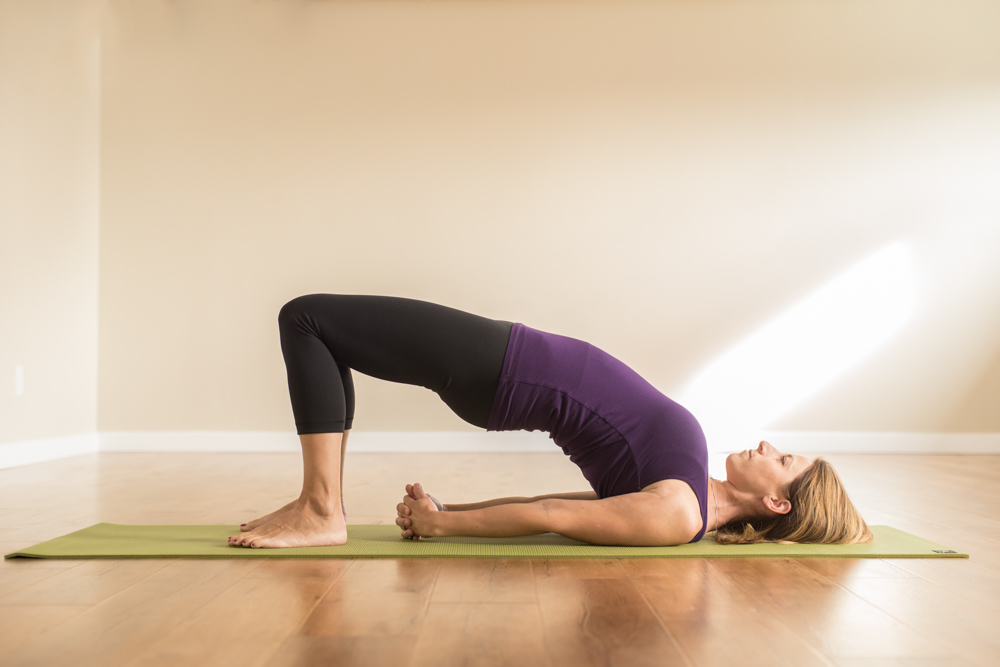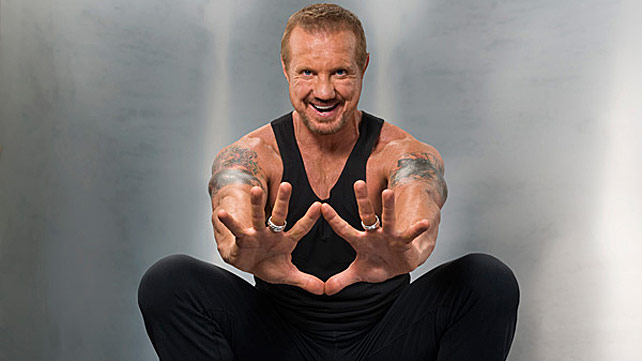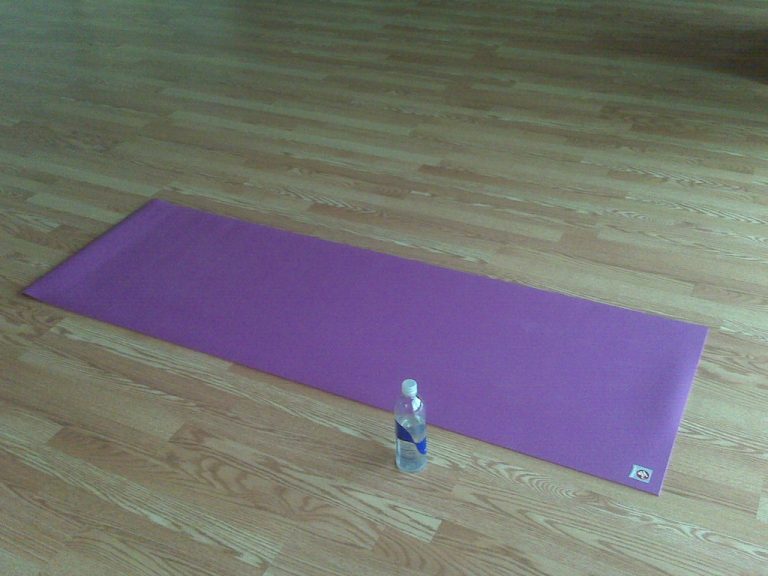Discover the Transformative Power of Yoga: Say Goodbye to Back Pain Forever! Use yoga for back pain
Yoga is a practice that has been used for centuries to promote physical, mental, and emotional well-being. The benefits of yoga are numerous, ranging from improved flexibility and strength to reduced stress and anxiety. In this article, we will explore the relationship between yoga and back pain, including specific asanas that can be helpful for relieving and preventing back pain.
Back pain is a common issue that affects many people around the world. It can be caused by a variety of factors, including poor posture, muscle strain or sprain, injury, or underlying medical conditions. Back pain can range from mild to severe and can greatly impact a person’s quality of life.
One of the most significant benefits of practicing yoga is its ability to alleviate back pain. Yoga can help to strengthen and stretch the muscles of the back, reduce inflammation, and improve posture. Additionally, yoga can also help to reduce stress and anxiety, which can contribute to back pain.
Here are some of the most effective yoga asanas for relieving and preventing back pain:
- Child’s Pose (Balasana)
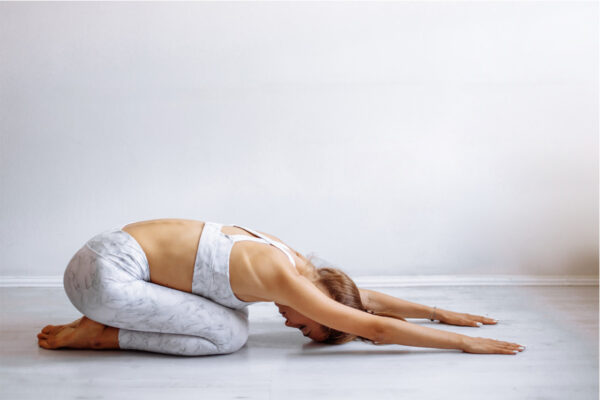

Child’s Pose is a gentle stretch that can help to relieve tension in the lower back. To practice Child’s Pose, start on your hands and knees with your wrists directly under your shoulders and your knees directly under your hips. Slowly lower your hips back towards your heels and reach your arms forward. Rest your forehead on the mat and take deep breaths.
- Downward-Facing Dog (Adho Mukha Svanasana)
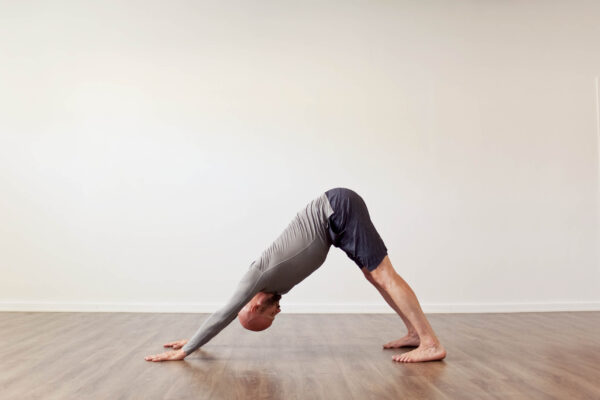

Downward-Facing Dog is a classic yoga pose that can help to stretch the entire spine, including the lower back. To practice Downward-Facing Dog, start on your hands and knees with your wrists directly under your shoulders and your knees directly under your hips. Spread your fingers wide and tuck your toes under. Lift your hips up and back, straightening your arms and legs as much as possible. Press your heels towards the mat and take deep breaths.
- Cat/Cow Pose (Marjaryasana/Bitilasana)
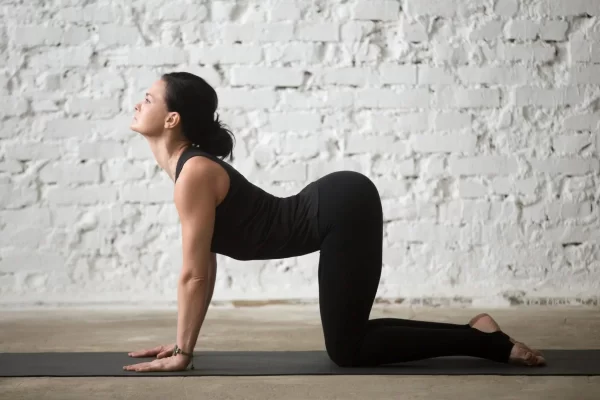

Cat/Cow Pose is a gentle stretch that can help to mobilize the spine and relieve tension in the back. To practice Cat/Cow Pose, start on your hands and knees with your wrists directly under your shoulders and your knees directly under your hips. Inhale and arch your back, lifting your tailbone and head towards the ceiling. Exhale and round your spine, tucking your chin to your chest and pulling your belly button towards your spine. Repeat this movement for several breaths.
- Cobra Pose (Bhujangasana)
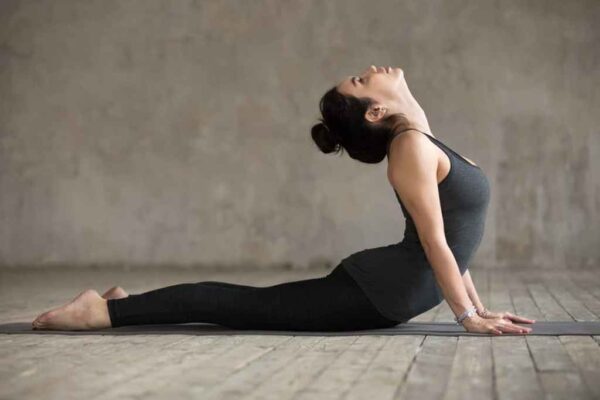

Cobra Pose is a backbend that can help to strengthen the muscles of the back and alleviate pain. To practice Cobra Pose, lie on your stomach with your hands under your shoulders and your elbows close to your sides. Press your palms into the mat and lift your head, chest, and shoulders off the mat. Keep your elbows close to your sides and breathe deeply.
- Triangle Pose (Trikonasana)
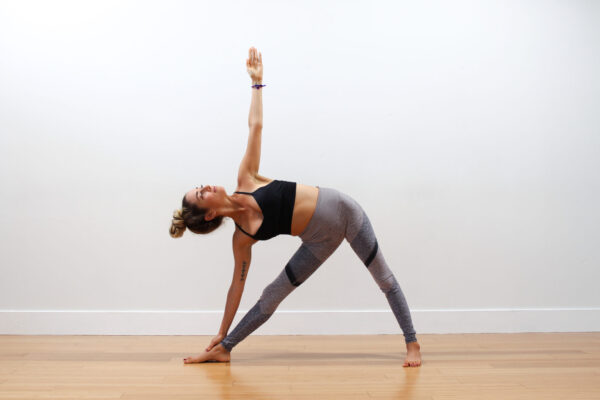

Triangle Pose is a standing pose that can help to stretch the hamstrings, hips, and lower back. To practice Triangle Pose, stand with your feet hip-width apart and extend your arms out to the sides. Turn your right foot out and extend your right arm towards your right foot. Place your hand on your shin, ankle, or a block and extend your left arm towards the ceiling. Keep your gaze towards your left hand and breathe deeply. Repeat on the other side.
- Bridge Pose (Setu Bandha Sarvangasana)
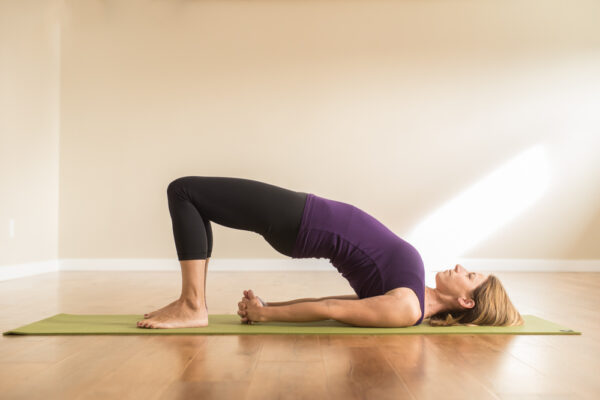

Bridge Pose is a backbend that can help to strengthen the muscles of the back and alleviate pain. To practice Bridge Pose, lie on your back with your knees bent and your feet hip-width apart. Press your feet and arms into the mat and lift your hips up towards the ceiling. Keep your shoulders and neck relaxed and breathe deeply.
- Pigeon Pose (Eka Pada Rajakapotasana)
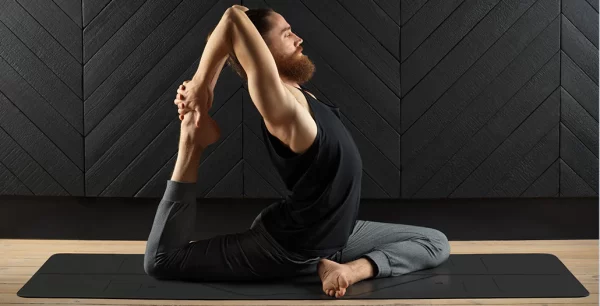

Pigeon Pose is a hip opener that can help to relieve tension in the hips and lower back. To practice Pigeon Pose, start on your hands and knees and bring your right knee towards your right hand. Extend your left leg behind you and lower your hips towards the mat. Keep your right foot flexed and breathe deeply. Repeat on the other side.
- Seated Forward Fold (Paschimottanasana)
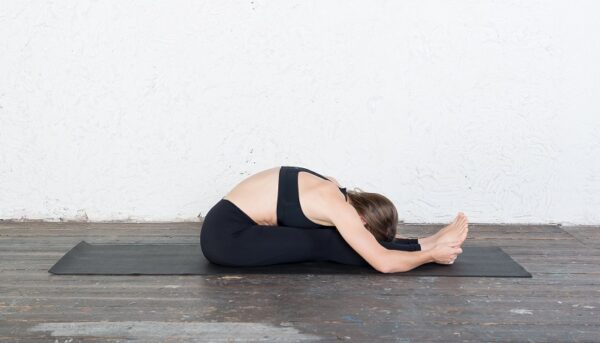

Seated Forward Fold is a gentle stretch that can help to relieve tension in the lower back and hamstrings. To practice Seated Forward Fold, sit on the mat with your legs extended in front of you. Reach your arms towards your feet and fold forward, keeping your spine long. Hold onto your shins, ankles, or feet and breathe deeply.
- Sphinx Pose (Salamba Bhujangasana)
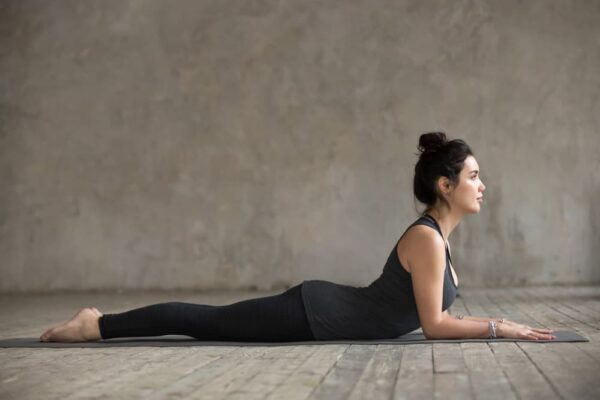

Sphinx Pose is a gentle backbend that can help to strengthen the muscles of the back and alleviate pain. To practice Sphinx Pose, lie on your stomach with your elbows under your shoulders and your forearms on the mat. Press your forearms into the mat and lift your head, chest, and shoulders off the mat. Keep your shoulders away from your ears and breathe deeply.
- Fish Pose (Matsyasana)
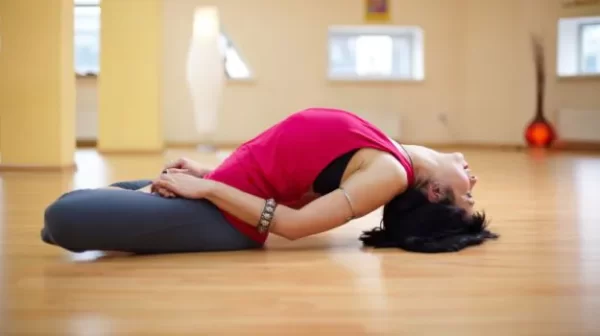

Fish Pose is a backbend that can help to stretch the muscles of the chest, neck, and upper back. To practice Fish Pose, lie on your back with your legs extended and your arms by your sides. Lift your chest and shoulders off the mat and place the top of your head on the mat. Keep your elbows close to your sides and breathe deeply.
In addition to these specific asanas, practicing yoga in general can help to alleviate back pain. Yoga can help to improve posture, increase flexibility, and strengthen the muscles of the back. Additionally, yoga can help to reduce stress and anxiety, which can contribute to back pain.
What you need to avoid when having back pain
When practicing yoga for back pain, it is important to listen to your body and work within your limits. If a pose feels uncomfortable or painful, back off or modify the pose as needed. It is also important to consult with a healthcare professional before starting any new exercise program, especially if you have a history of back pain or injury.
In conclusion, yoga can be a highly effective tool for relieving and preventing back pain. By practicing specific asanas that stretch and strengthen the muscles of the back, as well as incorporating yoga into your regular exercise routine, you can improve your posture, increase flexibility, and reduce stress and anxiety, all of which can help to alleviate back pain. With consistency and patience, yoga can be a powerful tool for achieving a healthy and pain-free back.
While practicing yoga can be helpful for relieving back pain, it’s important to be mindful of certain poses and movements that can exacerbate pain and injury. Here are some things to avoid when practicing yoga with back pain:
- Avoid high-impact poses: Poses that involve jumping, bouncing, or sudden movements can put unnecessary stress on the back and exacerbate pain. Avoid poses like Jumping Jacks, Jumping Forward Folds, and Sun Salutations with Jumping.
- Avoid deep backbends: While backbends can be helpful for stretching and strengthening the muscles of the back, deep backbends like Wheel Pose or Camel Pose can put a lot of pressure on the spine and cause pain. It’s best to avoid these poses if you’re experiencing back pain.
- Avoid forward folds with rounded spine: Forward folds that involve rounding the spine, like Standing Forward Fold or Seated Forward Fold, can put pressure on the discs in the spine and aggravate pain. Instead, focus on forward folds with a straight spine.
- Avoid twisting poses: Twisting poses like Twisted Triangle or Twisted Chair can put strain on the muscles of the back and aggravate pain. If you do practice twisting poses, be sure to keep your spine long and avoid forcing the twist.
- Avoid overstretching: While it’s important to stretch the muscles of the back, overstretching can cause more harm than good. Avoid pushing yourself too far in poses like Forward Fold or Downward Facing Dog, and be sure to listen to your body’s signals.
By avoiding these poses and movements, and being mindful of your body’s limitations, you can practice yoga safely and effectively for relieving back pain. Remember, always consult with a healthcare professional before starting any new exercise program, especially if you have a history of back pain or injury.
How long does it take to heal back pain using yoga
The healing time for back pain with yoga can vary depending on the cause and severity of the pain, as well as how frequently and consistently one practices yoga. While practicing yoga can be helpful for relieving back pain, it’s important to remember that it’s not a quick fix and may take time to see results.
For some people, practicing yoga regularly can help to reduce back pain within a few weeks or months. This is because yoga can help to improve flexibility, strengthen the muscles of the back, and reduce stress and tension in the body, all of which can contribute to back pain.
However, for others, it may take longer to see results with yoga. This may be especially true for those with chronic or severe back pain, who may need a more comprehensive approach to treatment that includes physical therapy, medication, or other interventions.
It’s also important to note that the benefits of yoga for back pain are not solely dependent on the amount of time spent practicing. Quality of practice, proper alignment, and choosing the appropriate poses are all important factors that can influence the effectiveness of yoga for relieving back pain.
In summary, the healing time for back pain with yoga can vary depending on individual factors, such as the cause and severity of the pain, as well as how frequently and consistently one practices yoga. While yoga can be helpful for reducing back pain, it’s not a quick fix and may take time to see results. It’s important to work with a healthcare professional to develop a comprehensive treatment plan that includes yoga and other interventions as appropriate.
What does medical industry say about yoga and back pain?
The medical industry recognizes that back pain is a common problem that affects many people at some point in their lives. While there are various causes of back pain, including injury, poor posture, and medical conditions like arthritis or herniated discs, one potential approach to managing back pain is through yoga.
Several studies have shown that yoga can help improve flexibility, strength, and balance, which can help reduce the risk of back pain and improve overall spinal health. In addition, yoga may help alleviate back pain by reducing stress and tension in the body and promoting relaxation.
However, it is important to note that not all yoga poses are safe or appropriate for everyone with back pain, and it is essential to work with a qualified yoga instructor who can guide you through poses that are safe for your specific condition. Additionally, if you have severe or persistent back pain, it is important to consult with a medical professional before beginning any new exercise regimen, including yoga.
PubMed studies on yoga and back pain
- Yoga treatment for chronic non-specific low back pain https://pubmed.ncbi.nlm.nih.gov/28076926/
- Yoga for low back pain: a systematic review of randomized clinical trials https://pubmed.ncbi.nlm.nih.gov/32870936/
- Effectiveness of an 8-week hatha yoga intervention to improve lower back pain in university office workers https://pubmed.ncbi.nlm.nih.gov/35938263/
- Effects of yoga, strength training and advice on back pain: a randomized controlled trial https://pubmed.ncbi.nlm.nih.gov/28356091/
- Yoga for chronic low back pain: a meta-analysis of randomized controlled trials https://pubmed.ncbi.nlm.nih.gov/23894731/
Celebrities who used yoga for back pain
- Lady Gaga: In an interview with Harper’s Bazaar, Lady Gaga shared that she uses yoga to help manage her chronic back pain. She practices Bikram yoga, which involves performing a series of postures in a heated room.
- Matthew McConaughey: The actor has spoken about using yoga to help with his back pain, which he developed while filming a movie. He has credited yoga with helping him regain his mobility and flexibility.
- Hilaria Baldwin: The yoga instructor and author has shared on social media that she has used yoga to manage her scoliosis, a condition that causes a curvature of the spine. She has also written a book about her experiences with yoga and how it has helped her deal with her back pain.
- Gisele Bündchen: The supermodel has credited yoga with helping her stay in shape and manage her back pain. She practices a form of yoga called Anusara, which emphasizes alignment and heart-opening postures.
- Robert Downey Jr.: The actor has been open about his struggles with addiction and chronic pain, including back pain. He has credited yoga with helping him stay sober and manage his pain.
